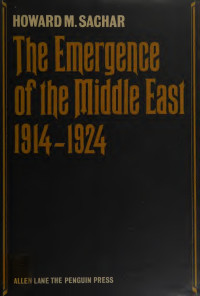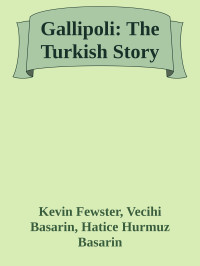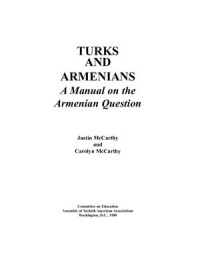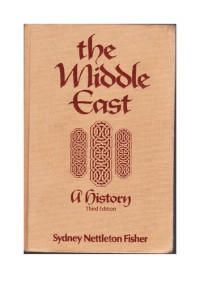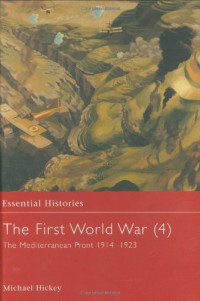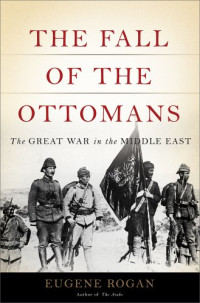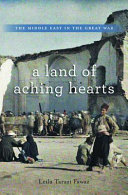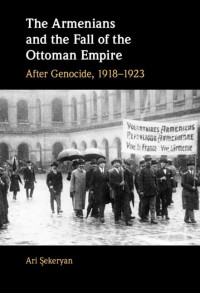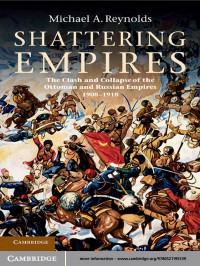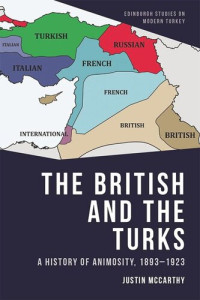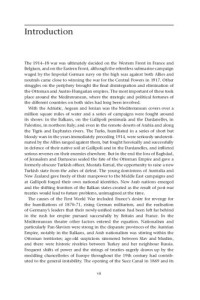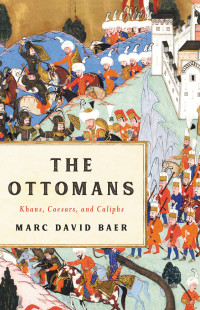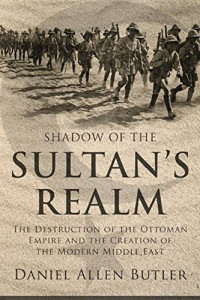
Ottoman Infantryman 1914–18
David Nicolle
Oasprey's study of Ottoman infantrymen during World War I (1914-1918). The Ottoman Army was the first to employ the 'triangular division', starting from 1910, which contained three infantry regiments of three battalions supported by an artillery regiment of three battalions. This structure went on to become the world's standard. In the years immediately prior to the outbreak of World War I, the Ottoman Army undertook a massive retraining program to rebuild its forces following the Balkan Wars of 1912-13. When World War I began, the Ottoman Army consisted of 36 combat infantry divisions, giving it a strength of some 200,000 enlisted men and 8,000 officers. These troops are usually described in terms of a huge amorphous mass with little to no attempt to see these men as individuals; indeed, no book has yet focused specifically upon the infantrymen, or 'Mehmets' as the Ottomans called them, who formed the backbone, and the bulk, of the Ottoman Army during World War I. This is not only a significant gap in the literature of the war, but is highly misleading, not least because such troops were recruited from the culturally and linguistically different peoples who made up what was, in 1914, still a huge and diverse empire. This army, this period and these troops formed the immediate background to what might be called the modern Middle East. The average Ottoman soldier, or asker, was hardy, well trained and courageous and formed the solid base on which the Ottoman Army rested. Ottoman troops campaigned in astonishingly varied geographical and climatic conditions during the war, including on the Gallipoli Peninsula, in Mesopotamia and in the Caucasus. This title explores their recruitment, training, and combat experiences.
年:
2010
版本:
Illustrated
出版商:
Osprey Publishing
語言:
english
頁數:
60
ISBN 10:
1846035066
ISBN 13:
9781846035067
文件:
PDF, 7.38 MB
IPFS:
,
english, 2010
 Amazon
Amazon  Barnes & Noble
Barnes & Noble  Bookshop.org
Bookshop.org  轉換文件
轉換文件 更多的搜索結果
更多的搜索結果 其他特權
其他特權 

